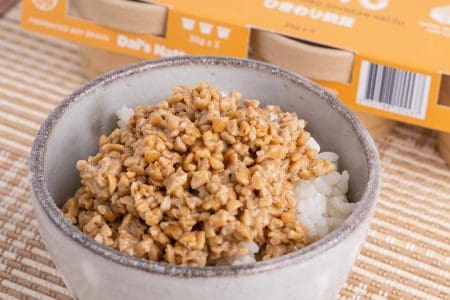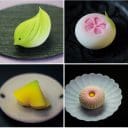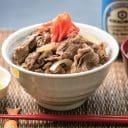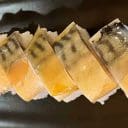Give
Japanese rice
a go
With a history of rice production stretching back 4,000 – 5,000 years, it’s no wonder that the Japanese love their rice. Come and join us to find out just how much love the people of Japan have for this humble staple. Who knows, maybe you’ll be converted into a fellow Japanese-rice fan, too.
Wholesome and nutritionally balanced


One of the three major nutrients essential to building a healthy body is the carbohydrates that are part of the composition of rice. The body uses these carbohydrates as a source of energy once it breaks them down into glucose. Rice is abundant in the carbohydrates that become this glucose, which helps the brain to continue ticking over. The humble grain also contains protein, a nutrient essential for healthy blood and muscles, as well as various vitamins and minerals, making it an excellent, nutritionally well-balanced food source.
Those having issues losing weight can often find rice to be the perfect food. Unlike foods made from wheat flour and other finely ground grains, such as breads and noodles, rice is eaten as whole grains where it is more slowly digested and absorbed. A handy benefit of this is that it keeps you feeling fuller for longer and helps to reduce snacking between meals. This results in your body releasing fat-storing hormones more gradually, which is then said to suppress fat storage. Perhaps rice is the secret to the more svelte figures lining the Japanese streets?
Pioneering Japanese rice
Despite many countries around the world relying on rice as their main food source, none of them receive nearly as much praise as Japan for their fine crop. A reason for this can be found in the selective-breeding research that has taken place over the last 100 years. Japan has approximately 900 different registered rice varieties, with new kinds continuing to pop up every year in order to produce rice that is suited to the Japanese climate. Japan’s ability to maintain its high-quality rice production lies in its constant research and development.
Of the many different varieties, the following list contains the most widely known amongst the Japanese public and foreigners alike. Be sure to give them all a taste to experience all the different qualities they possess.
Koshihikari:
This is the most widely produced and eaten variety in Japan. It has the perfect balance of stickiness and firmness.
Yumepirika:
A variety known for its chewy texture. Mostly grown in Hokkaido.
Akitakomachi:
A variety known for its great chew and balanced sweetness. Mostly grown in Akita Prefecture.
Hitomebore:
A variety known for its well-balanced stickiness and soft mouthfeel. Grown all around Japan.
Haenuki:
A variety of rice with the perfect balance of firmness and chew. Mostly grown in Yamagata Prefecture.
Sasanishiki:
A variety known for its great sheen when steamed, and perfect balance between stickiness and firmness.
Nanatsuboshi:
A variety known for its clean taste. Mostly grown in Hokkaido.
The simple and tasty onigiri
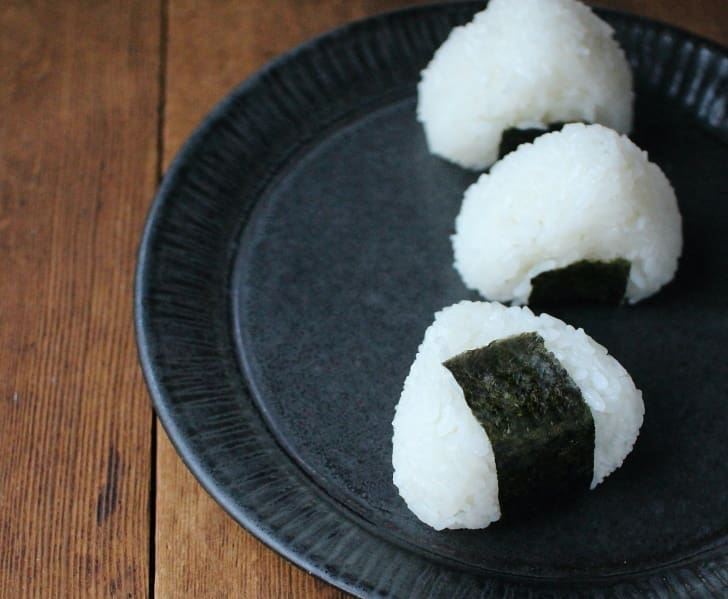

There’s no writing an article about Japanese rice without turning the spotlight to the ubiquitous onigiri. Many devout Nichigo Press readers have surely seen these satisfying morsels munched into by characters in movies or animes. Onigiri are balls of rice gently shaped by hand and make for highly convenient meals on the go because of how well they travel. This humble staple is loved by Japanese people as a traditional takeaway food because it can be eaten with one hand and doesn’t require any chopsticks to munch away at them. In fact, nowadays, business people gravitate to them because they can be found anywhere and are sold at all convenience stores in Japan. Various ingredients are used to fill these rice balls, such as ikura (salmon roe), umeboshi (salted plums), and even beef. A fun way to travel around Japan would be to try out the different types of onigiri found across the country as each store and region has its own unique spin. In fact, more and more places of late have started to specialise in selling onigiri. Now then, who wants to go on a rice-balling adventure across Japan?
